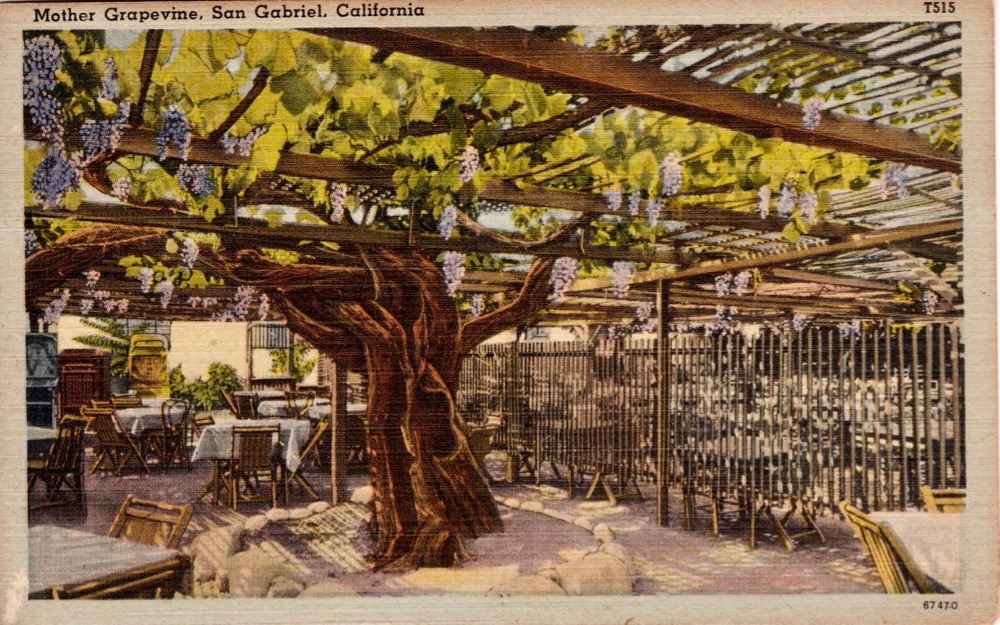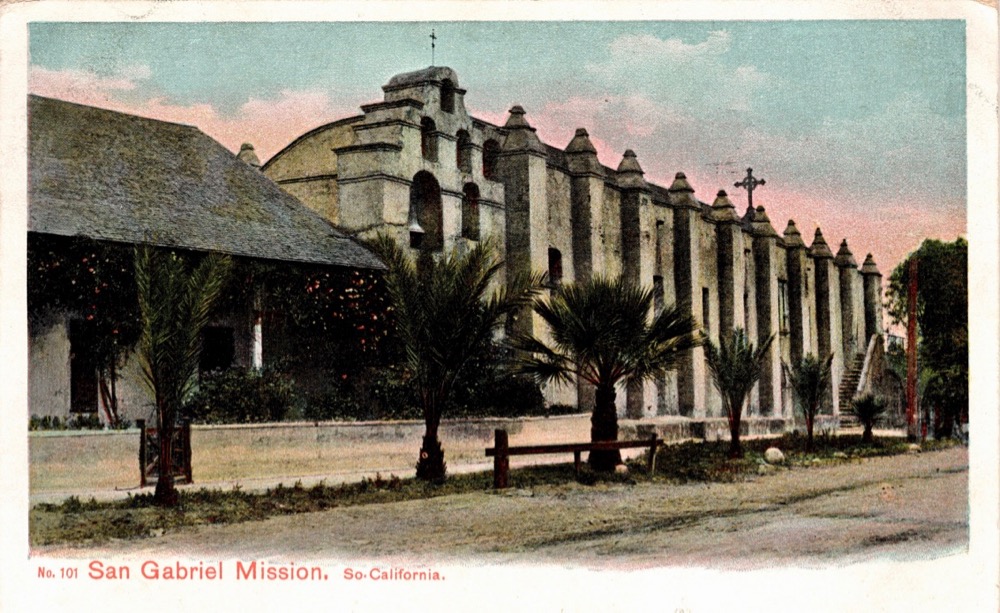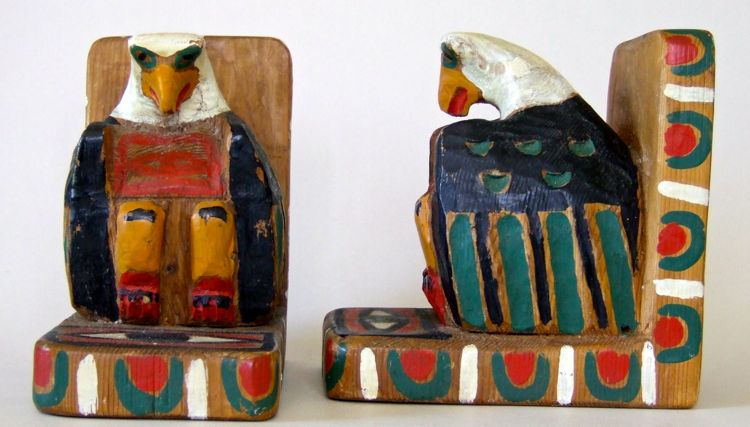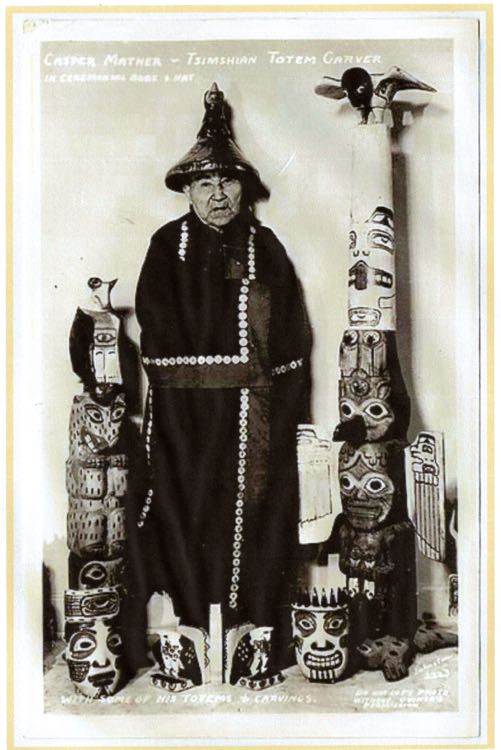


Bronze folding San Gabriel Mission bookends from about 1915 and inscribed back of iron bookends from about 1925. Both are from the Forbes Foundry that morphed into The California Bell Company
Alta California was first visited by Spanish explorers in the 1530s. It wasn’t until 1769 that Spain began to claim control of the West Coast by sending soldiers and Franciscan priests to establish presidios and missions at strategic points. Each Spanish outpost to be an independent and self-reliant agrarian community. The first Presidio and Mission were built on a bluff overlooking San Diego Bay in 1769. Eventually a line of 4 presidios and 21 missions from San Diego to Sonoma secured Alta California for Spain and later Mexico.
Mission San Gabriel Arcangel, founded in 1771 was the fourth of the 21 missions in California. Placed in the foothills of the mountain chain now known as the San Gabriels, the mission was extolled for it’s beauty, it’s fertile lands, and wealth. It was very successful with crops and cattle, and has sometimes been called the Pride of the Alta California Missions and the Mother of Agriculture in California. Ministering to the surrounding country and the little pueblo which is now the City of Los Angeles, an 11 mile ride away, it was a social focal point. Today it is located in the City of San Gabriel, a suburb of L.A. Many a postcard of Mission San Gabriel Arcangel were sent by lucky vacationers to Southern California back to envious stay-at-home family and friends in the eastern United States.










The mission has seen 250 years of California history. Established in 1771 in Alta California under the rule of New Spain, it found itself in 1821 under the rule of Mexico following the Mexican Revolution. In the 1830s Mexico secularized the missions. In the late 1840s Mexico ceded much of what is now the Southwest to the United States. By 1855 the San Gabriel Mission had been restored to the Church, first by military action and later by the United States Land Commission.
Built in gothic style with a vaulted roof, Mission San Gabriel has been damaged by several earthquakes. In the early 1800s the vaulted roof collapsed and was replaced with a flat roof of timbers and tile. More recently it was damaged in the 1987 Whittier Narrows quake, when large cracks appeared in it’s walls and floor. In 2020 a massive fire destroyed much of the interior and roof. As restoration work was underway at the time, a good portion of the artwork and especially the Tongva (California Mission Indian) painted Stations of the Cross had been removed. September 8, 2021 marks the 250th Anniversary of the Mission’s founding. and the beginning of a celebratory Jubilee Year. with many activities planned. Click here to read about the Mission Restoration and preparations for the Jubilee Year in the Los Angeles Angelus News.






















